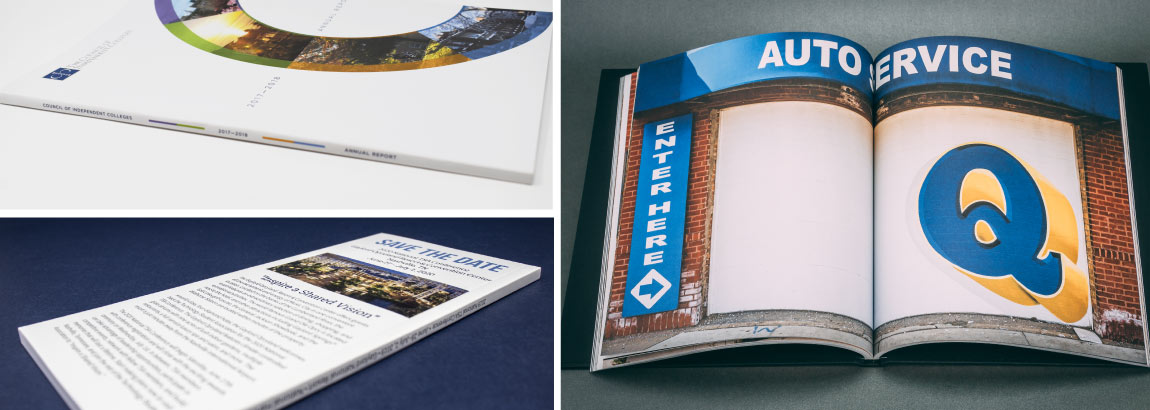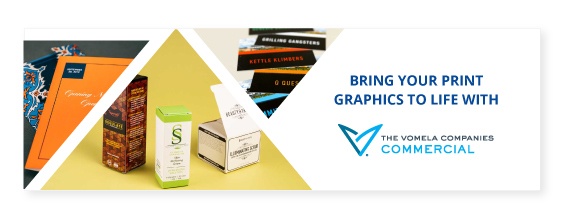We've spoken briefly about binding methods before, but we often receive more in-depth questions about perfect binding. What is it? When should we use it?
What is Perfect Binding?
To start, a bit of history: Until the end of the 19th Century, books were bound in hardback form. In 1895, Perfect binding was invented, and by the early 1930s was being used in Germany to make the first paperback books (American presses were making paperbacks by the end of that decade). By the 1940s, the DuPont Company invented the hot-melt adhesive binding process improving the quality and longevity of paperbacks.
Perfect binding, named for the perfect cut of the pages, stacks groups of pages (also known as signatures) to create a spine that is then glued to the cover. It is alternative to saddle stitching, which nests pages and can cause "creep" in larger books.
When Should I Use Perfect Binding?
Perfect binding has numerous use cases, from a magazine to a 1,000 page novel. Many choose perfect binding for two reasons: it's cost effective and looks great!
Books & publications using perfect bound binding can be printed on short runs, meaning quick turn-around and lower cost compared to hardcover. Plus, the perfect trim means all final products are lightweight and aesthetically pleasing without sacrificing quality.
As with any project, the page thickness of your perfect bound project is up to you. Just keep in mind, the thickness of the substrate does matter for the thickness of the spine. If you have 750 pages on 70# offset text, that will be a different thickness than a 100# gloss text. Common sizes for perfect bound books are 8.5x11, 6x9, 5.5x8.5, and 7x10.
Still wondering if perfect binding is right for you project, or need to inquire about specific details of a job? Contact your sales consultant or account manager for more information.
Mar 31, 2021 |
Topics: Commercial Print



